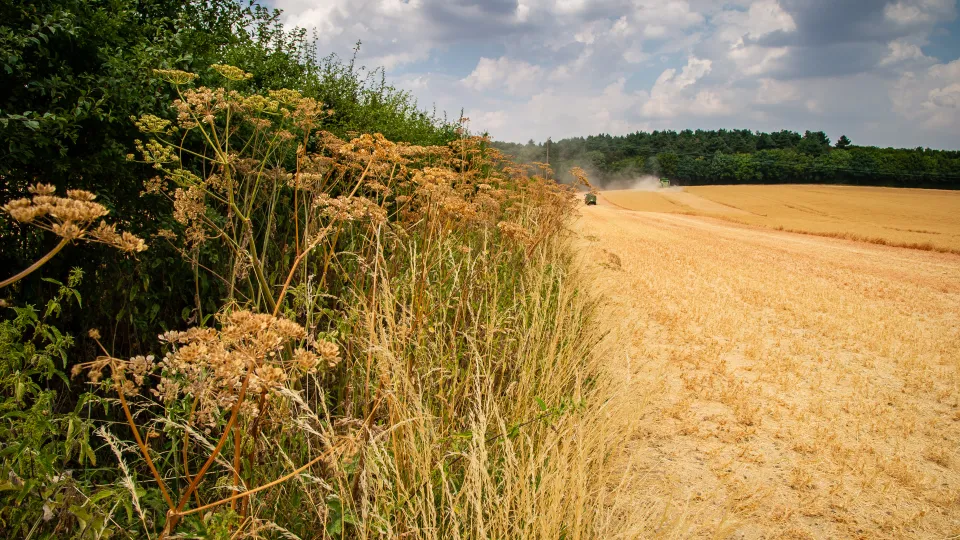
Farmland
Farmland can conjure up rural images of brown hares zig-zagging across fields, chattering flocks of finches and yellowhammers singing from thick, bushy hedges and field margins studded with wildflowers.

Farmland can conjure up rural images of brown hares zig-zagging across fields, chattering flocks of finches and yellowhammers singing from thick, bushy hedges and field margins studded with wildflowers.
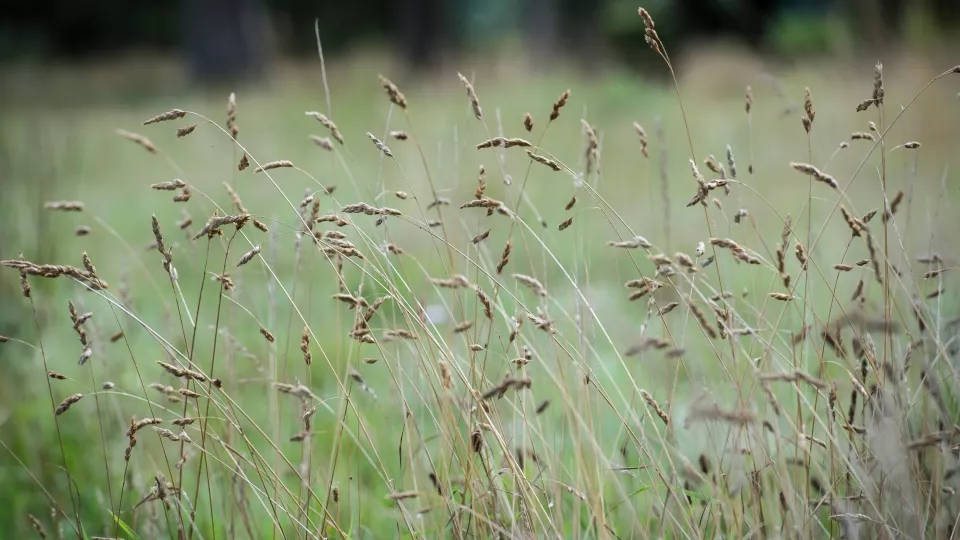
Flower-rich grasslands, once a part of every farm, are part of our culture. Most have developed alongside humans because of livestock grazing and cutting for hay. Many have archaeological and historical features.

Known as the phantom of the forest, goshawks can fly through the trees at up to 40km per hour as they hunt birds and small mammals.

Our most diminutive falcon, the merlin is a pretty bird of prey. It chases small birds, flying low to the ground or hovering in the breeze because of its small size. Resident merlins are joined in winter by Icelandic migrants.

Like many of our birds of prey, the peregrine falcon was so persecuted, numbers fell dramatically. Thankfully, this super-speedy flyer is now making a comeback, particularly in our towns, where it nests on tall buildings.
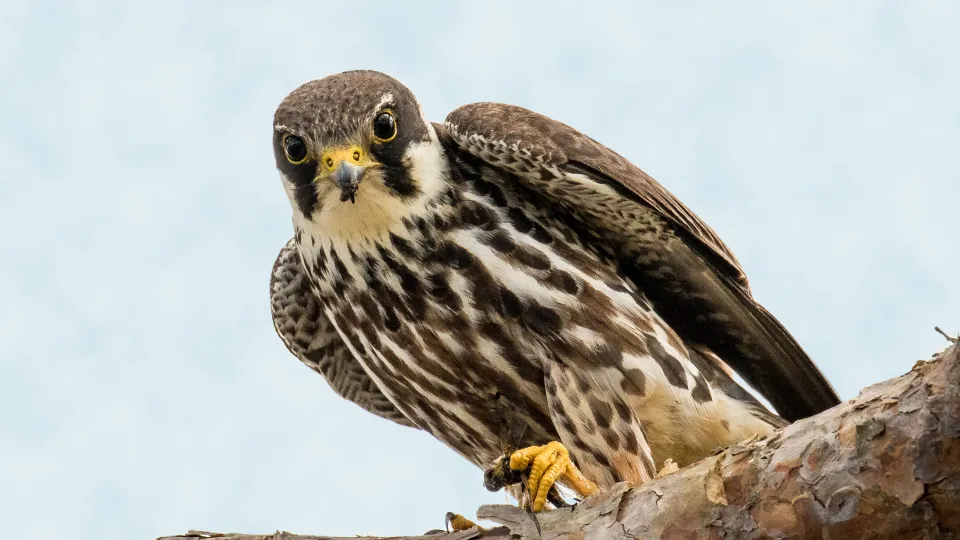
Look out for the swift-like shape of the hobby as it darts over heathlands and wetlands in summer. They are keen hunters, chasing and catching fast-flying dragonflies and small birds on the wing.

The kestrel is a familiar sight hovering over the side of the road, looking out for its favourite food: small mammals like field voles. It prefers open habitats like grassland, farmland and heathland, but can be seen in towns and villages.
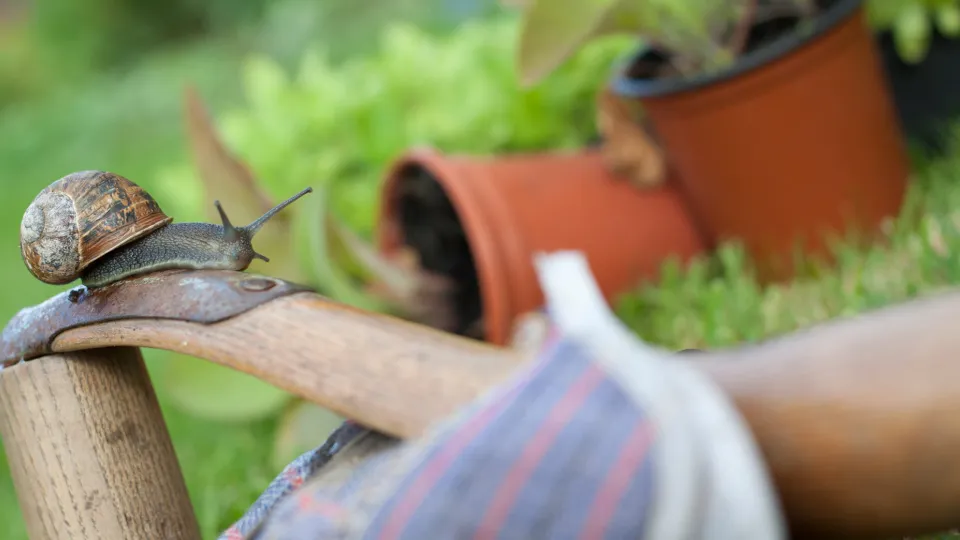
The green spaces of our towns and gardens bring nature into our daily lives, brightening our mornings with birdsong and the busy buzzing of bees. Together, the UK's gardens are larger than all of our National Nature Reserves combined, making them as important for wildlife as they are for our own wellbeing.
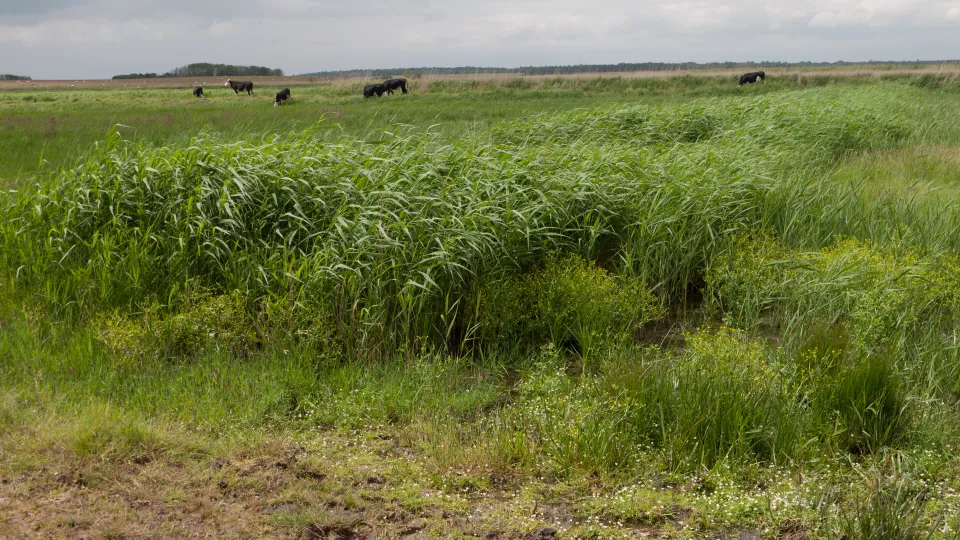
Enormous flocks of geese, ducks and swans swirl down from wide skies to drop onto the flat, open expanses of flooded grazing marshes in winter. In spring, lapwing tumble overhead and the soft, damp ground speckled with cuckooflowers provides excellent habitat for waders probing for prey in the damp soil. By summer, when the ground is drier, some marshes are cut for hay or silage, but the ditches remain wet and come alive with dragonflies and other insects.
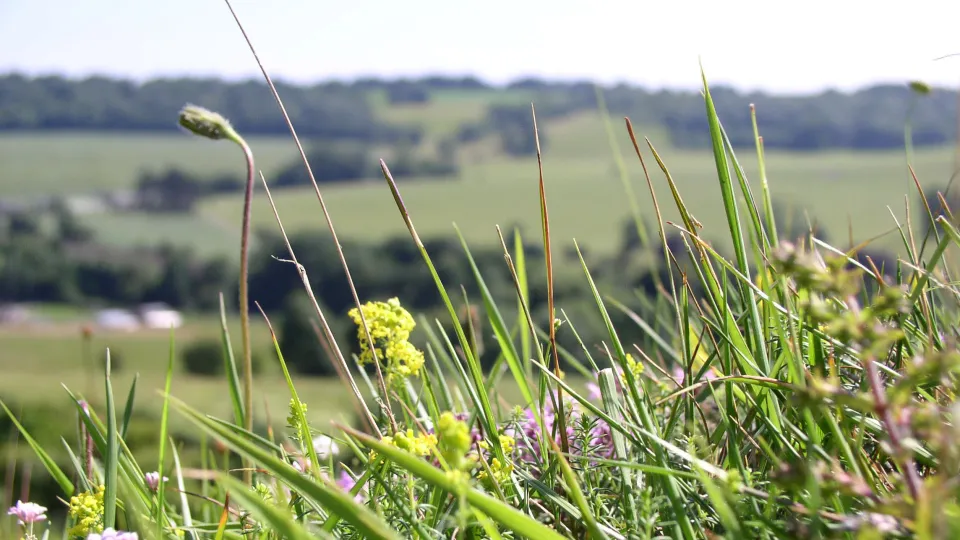
Typical of softly rolling pastoral landscapes, the short, aromatic turf of lowland calcareous grassland is flower-rich and humming with insects in the summer. Its long use by humans lends it an ancient feel and it is often seen amongst prehistoric burial mounds, hill forts and old trackways.